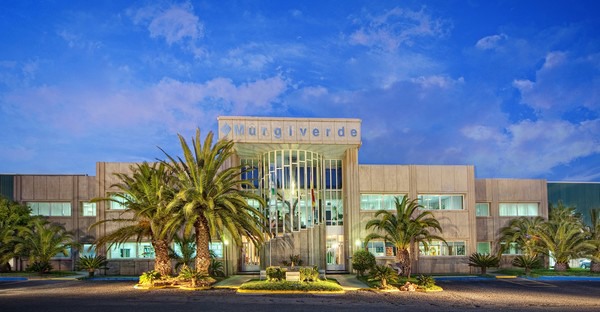We don't recall a Spanish cucumber season as good as the current one for more than two decades, especially when it comes to the prices of the conventional product. Reduced planting, low temperatures and low competition from the Netherlands have been the main factors.

"This cucumber season has been historically good so far. We don't remember such high and stable prices since the late 1990's," says Antonio Ruiz, commercial director of the second grade cooperative Almeria Murgiverde, which produces about 60 million kilos of cucumbers annually, 70% of which are grown organically throughout the year in different producing areas of Almeria with different microclimates.
"This year, less cucumber has been sown in Almeria, and just as last season, following a warm autumn, the cold came suddenly in January in the form of a squall which had an immediate impact on the production. This season the cold has not been so severe, but it has been more permanent, with minimum temperatures ranging between 8 and 10 degrees since November. This has slowed down the production and resulted in noticeably slower than usual growth and cutting rates. As a result, volumes have been lower since November, leading to extraordinary average prices, although it is worth recalling that production costs have also increased," says Antonio Ruiz.
Meanwhile, Belgium has had less production under artificial lights this year. In the Netherlands, the cultivation area was similar to that of the previous winter season, although the production was lower due to a more limited use of energy. It is not yet known what will happen with lighted cultivation in the coming winter season, but, for the time being, energy prices remain very high - and continue to rise since the war in Ukraine started - making it difficult, if not impossible, to obtain a profitable crop. "Right now, the Dutch production, which was planted later due to the high energy costs, is entering the markets, so prices are starting to fall slightly," says Antonio.
More Spanish cucumber volumes than usual are also expected this spring, due to the fact that a considerable number of melon crops have been uprooted, especially those of Galia and Cantaloupe, as well as watermelons.
The Spanish bell pepper season has been generally good and could yield very positive results this spring. In some areas of Almeria, green bell peppers are already being harvested and, in about two weeks, red peppers will follow, with the prediction of a stable production throughout the month of March. Bell pepper sales could continue for longer, as the Netherlands has planted less of the crop, and also done so later than usual, and this situation applies to various other countries of Central and Eastern Europe. In Murcia, the acreage devoted to pepper cultivation has remained stable, although a delay in the harvest is also expected. Murgiverde produces and markets around 45 million kilos of conventional and organic peppers.
For more information: www.murgiverde.com
